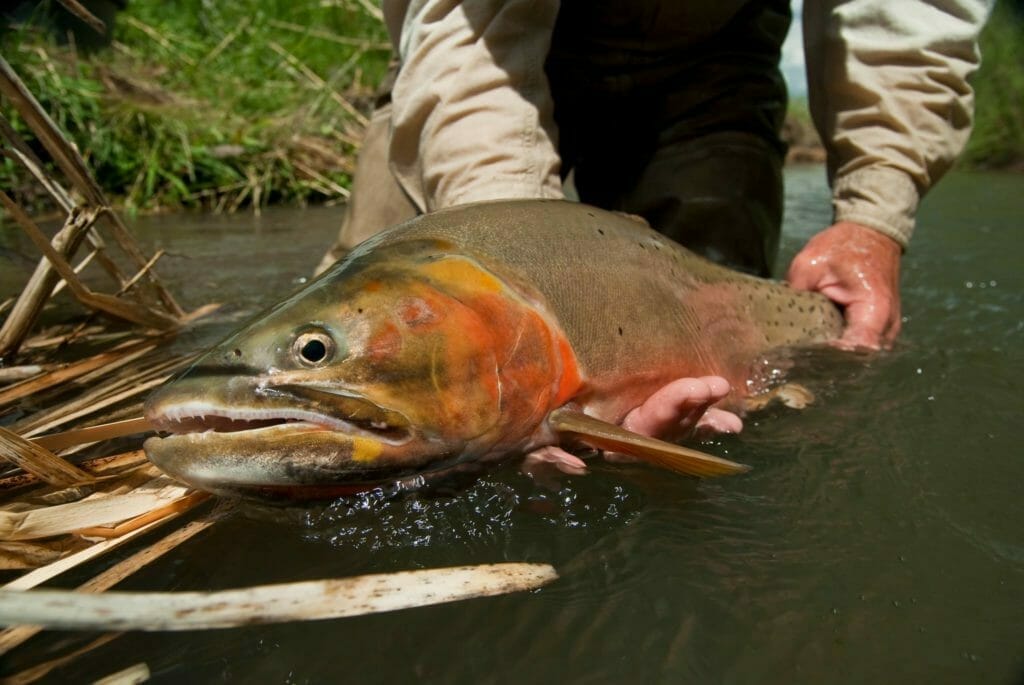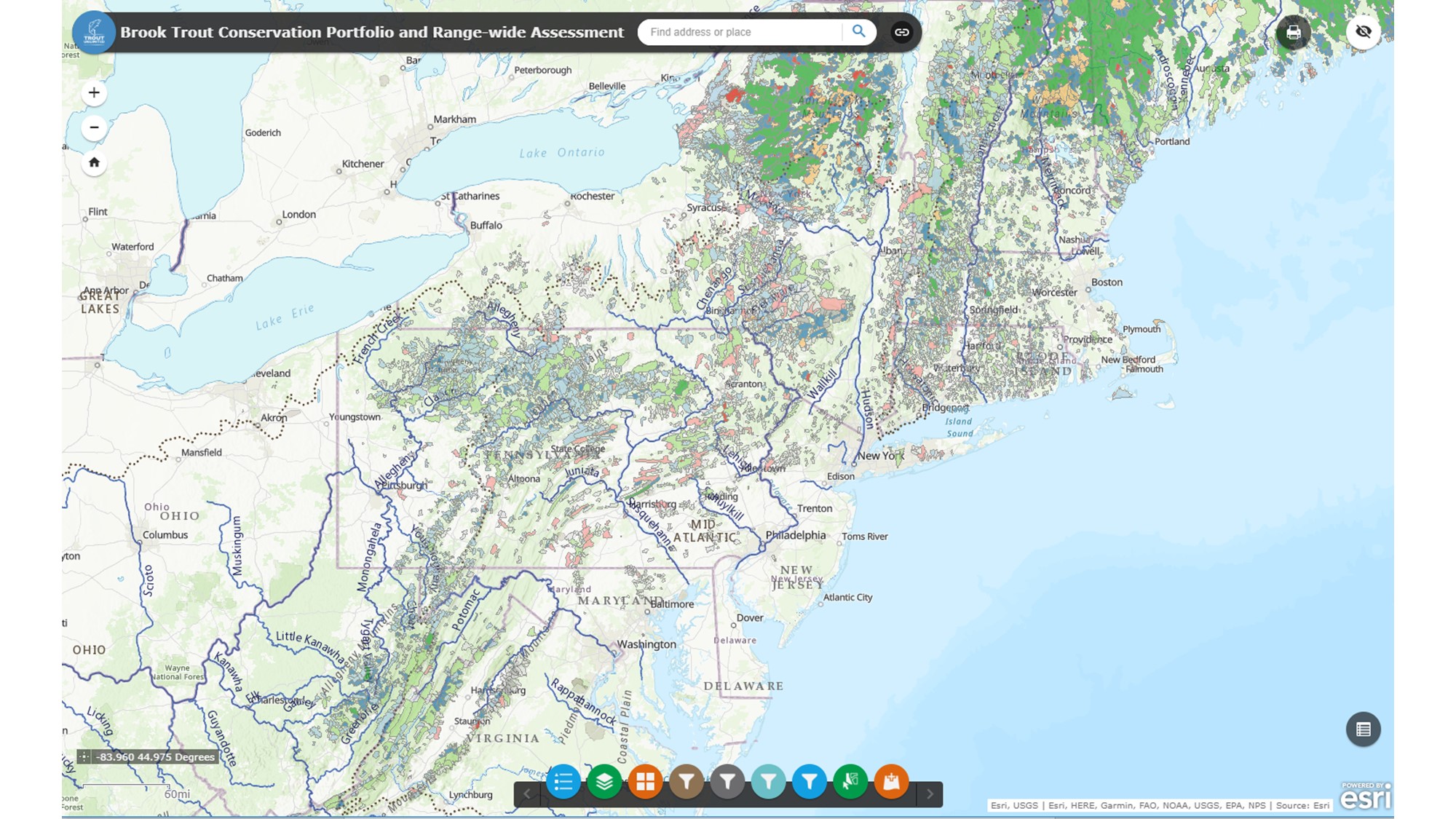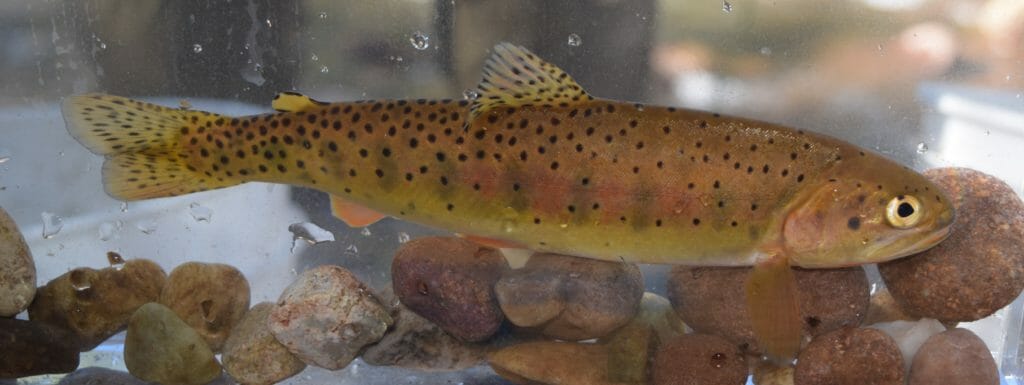
The Conservation Portfolio borrows its approach from financial planning theory by recognizing diverse portfolios can minimize investment losses and maximize returns. The Conservation Portfolio takes inventory of the elements of diversity within a species’ range and identifies essential and missing elements, which, if conserved, can help ensure a species’ persistence. A diverse Conservation Portfolio for native trout spreads the risk of loss across a variety of habitats and populations by including at least some proportion of the life history, habitat, and genetic diversity that has allowed these fishes to succeed and persist over time despite disturbances and changes to their environment.

Trout Unlimited applied the Conservation Portfolio approach to help identify strategic conservation opportunities and evaluate potential projects within the range of Eastern brook trout.
TU scientists originally presented the Conservation Portfolio approach in 2012 describing how the approach can be applied as a strategy for enhancing the long-term persistence of native species in an era of rapid environmental change. Application of the concept is described in case studies of Yellowstone cutthroat trout and Rio Grande cutthroat.
The CSI is a compilation and assessment of spatial information related to a salmonid species’ distribution, the integrity of its freshwater habitats and anticipated future threats those coldwater habitats. This article describes the basic framework of the CSI, its components, and how scores and comprised with examples from western trout.
TU mapped wild steelhead population and habitat conditions and identified strategic conservation actions across California, Oregon, Washington and Idaho to support the Wild Steelheaders Initiative.
This document describes the application of the Conservation Portfolio approach to Bonneville cutthroat trout.


